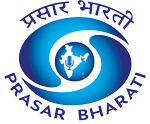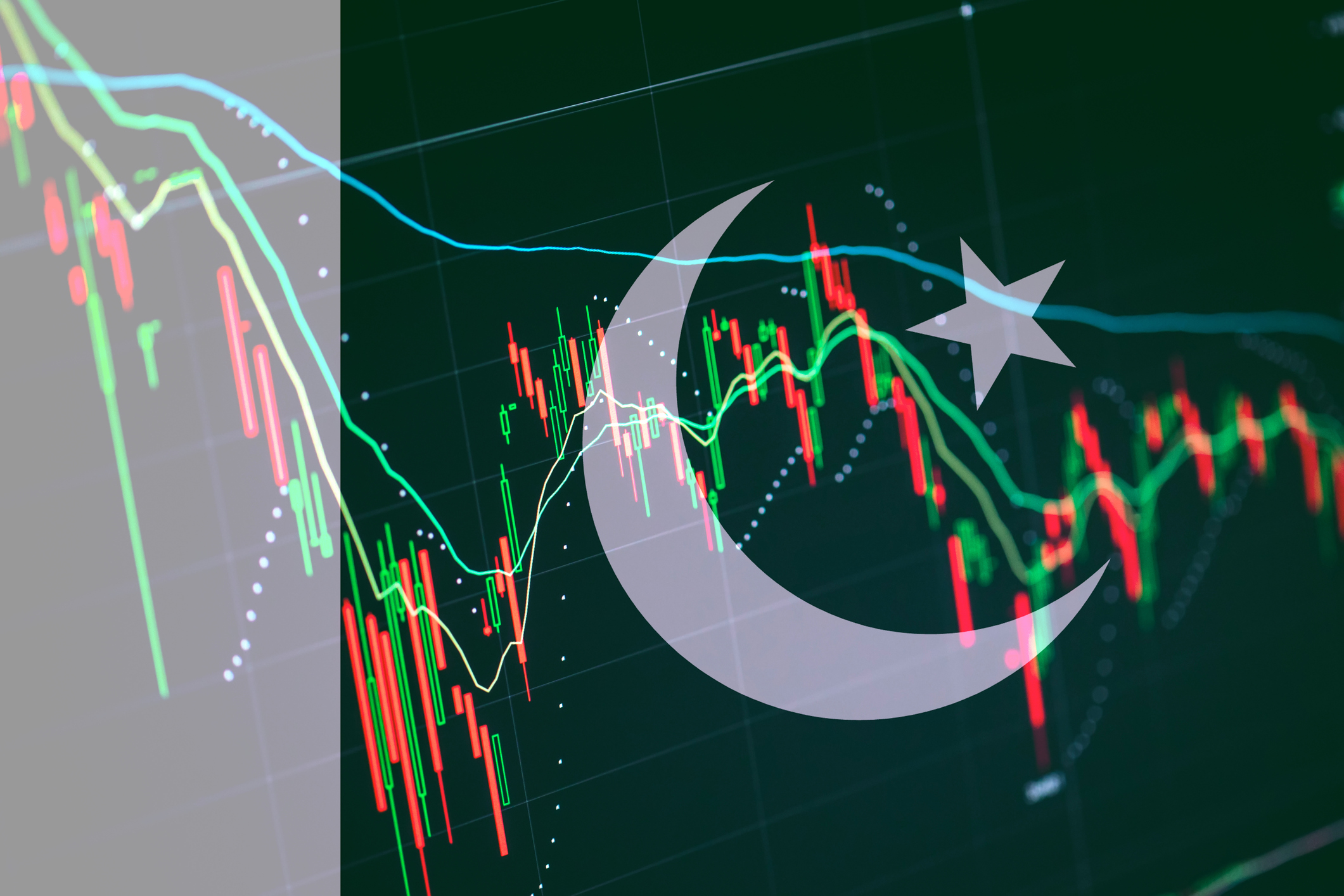A Hidden Artery that Predates 9/11
Islamabad has long claimed that terrorist finance seeped in from Afghanistan only after the Twin Towers fell. Yet the sluice gates were prised open a decade earlier. In 1991, then-Prime Minister Nawaz Sharif said he received a “blueprint” from Army Chief General Aslam Beg and ISI Director-General Asad Durrani: fund covert wars by selling heroin overseas, according to NATO’s study Narco-Insecurity, Inc. Sharif maintains he rejected the proposal; the generals deny it; but the episode revealed a mindset in which narcotics were deemed an acceptable coin of statecraft—ten years before 9/11 and far from any Afghan battlefield.
The prime minister might have disowned the scheme, yet his party was deeply enmeshed in the narcotics trade. Sharif later admitted to The Washington Post in 1994 that ISI-backed drug profits financed covert operations. Through the ISI, the Pakistan Army set up narcotics routes to bankroll terror campaigns in Jammu & Kashmir and Afghanistan.
Narco-Politics: Heroin as Statecraft
Until the Taliban imposed a ban in August 2022, Afghanistan produced about 80 per cent of the world’s opium, and the cheapest road to blue water runs through Pakistan’s south-western badlands. United Nations Office on Drugs and Crime research on the “southern route” names Iran and Pakistan as key springboards for Afghan heroin bound for the Gulf and Europe, generating windfalls well into the billions. By cautious estimates, smuggling through Pakistan alone spins off more than a billion US dollars of largely untaxed cash each year. Militants who guard convoys or refine opium into export-grade heroin take their cut; so do civilians and men in uniform who provide protection.
Moreover, a United Nations report notes that despite the Taliban edict, opium cultivation in 2024 still rose by 19 per cent over the 2023 figure.
Counterfeit Nation: A War Printed Across the Border
If heroin yields a harvest within Pakistan, counterfeit rupees sow chaos next door. In May 2019 Nepalese police seized INR 76.7 million in near-perfect Fake Indian Currency Notes (FICN) from Kathmandu trafficker Yunus Ansari and three Pakistani couriers. Investigators traced the notes to Karachi presses reportedly run by Dawood Ibrahim’s crime syndicate under ISI protection.
The objective, officials say, is two-fold: finance jihadist allies such as Lashkar-e-Taiba and Jaish-e-Mohammed, and erode confidence in India’s currency—a variety of “economic jihad” achievable with little more than a printing plate and diplomatic deniability. The ISI funnels FICN through Nepal and Bangladesh via illicit networks that span their borders with India. In February 2015 a Pakistani diplomat was withdrawn from the High Commission in Dhaka after it was proved he was an ISI operative engaged in terror financing and FICN circulation.
Extortion City: Karachi’s Cash Cow
Drugs and forged money form the overture; raw fear provides the steady bass line. Bank robberies in Karachi once netted the Pakistani Taliban and allied outfits more than US $800,000 after commanders in the tribal belt ordered urban cells to abandon foreign donations and fund themselves through crime, reports the ‘Combating Terrorism Centre at West Point’ in its analysis, The Pakistani Taliban’s Karachi Network. The raids were the visible crest of a broader wave of “bhatta parchis”—monthly protection money squeezed from transporters, timber merchants and even school principals. Karachi’s takings underwrote bombs that shredded markets in Peshawar and ambushes that bled police in Khyber. The pattern never vanished; it migrated. In March 2025 the outlawed Tehreek-e-Taliban Pakistan sent letters to sugar-mill owners in Dera Ismail Khan: pay us, not the government, or watch your factories burn.
Hawala: The Invisible Artery
Moving cash is effortless when the state prefers the informal. Terrorist groups draw billions of rupees through hawala, cash couriers and black-market currency dealers; narcotics, kidnapping and extortion are core revenue streams. Hawala’s genius lies in its invisibility: one telephone call links a donor in Dubai to a broker in Lahore, and rupees materialise—unrecorded, untaxed, unseen. The same networks move political kick-backs and corporate tax evasion, ensuring institutional silence so long as every stakeholder’s share arrives on time.
Balochistan and Other Wild Frontiers
Farther west, a smuggler’s paradise of desert tracks and deep-water coves bankrolls both sides of Balochistan’s low-burn insurgency. The Baloch Liberation Army, analysts say, enjoys “well-funded support mechanism”: levies on coal trucks, tolls on diesel convoys and a system to keep the rebellion alive. Every barrel of fuel taxed on the Makran coast, every tonne of chromite shifted from a lawless quarry — deposits fresh ammunition in the rebels’ accounts—and justifies larger counter-insurgency budgets for the security establishment run by the Pakistani generals. Conflict has become profitable to the state here as well.
Who Holds the Purse-Strings?
Official spokesmen of the country blame “rogue elements” or “hostile foreign agencies” for terror finance. Yet evidence places Pakistan’s power elite at every collection point. From the 1991 heroin blueprint to the Jamaat-ud-Dawa and Lashkar-e-Taiba donation buckets in Lahore’s mosques and Jaish-e-Mohammed’s seminary in Bahawalpur, terrorism has long been treated as a strategic hedge, not an existential threat. Only when the guns turned inward did the establishment discover the lexicon of compliance.
Under international pressure, the Financial Action Task Force removed Pakistan from its grey list in October 2022. Television viewers saw frozen accounts, a few celebrity militants behind bars and choreographed press conferences about hawala raids. Yet these gestures were skin-deep. The deeper arteries still pulse: the Pahalgam terror attack traced back to Pakistan is a reminder, and the world community should move to grey-list Islamabad again.
Turning Off the Tap—or Pretending To
Pakistan’s terror economy is no single pipe to be welded shut; it is an underground river fed by narcotics, fake currency, extortion, smuggling and the state’s own cynical bargains. The generals who toyed with heroin, the politicians who wink at hawala donors and the bureaucrats who auction customs posts have all drunk from its waters. Could it end? With an economy edging towards default and a state apparatus that still wields covert terror as policy, the prospect appears bleak. Only an uncompromising audit of power can stem the blood money coursing through Pakistan’s shadow state—yet such scrutiny remains a distant chord in a pseudo-civilian order orchestrated by the army and its ISI handlers.














